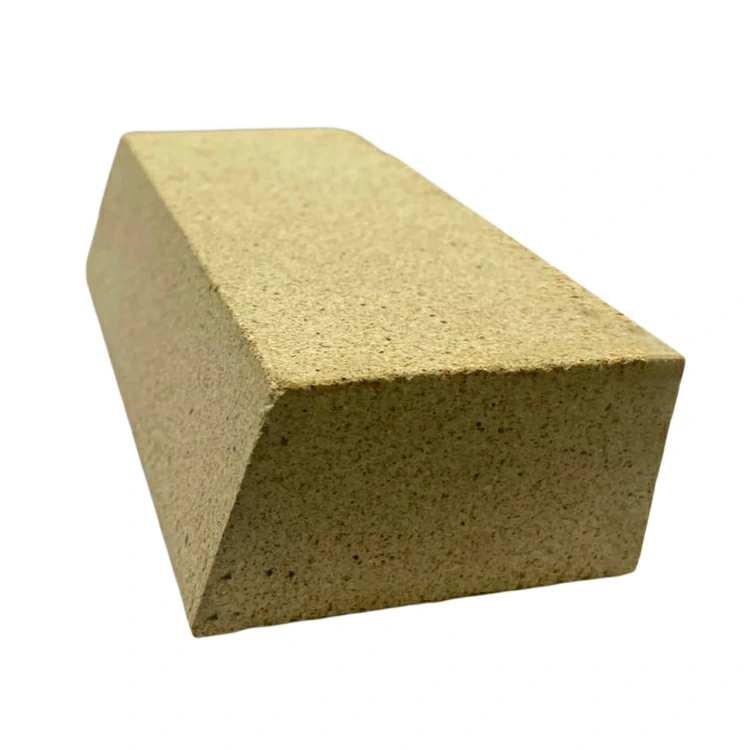When building furnaces, boilers, kilns, and other high temperature structures, the right refractory bricks are essential. Special bricks made from fire clay, chamotte, and other heat-resistant materials withstand intense heat and thermal shock. Let’s explore some of the most common types of high temperature bricks.

What Are Fire Clay Bricks?
Fire clay brick consists of a refractory clay body that is fired at very high temperatures up to 1,400°C. The clay contains a mix of alumina and silica that gives fire clay bricks an exceptional ability to withstand heat without deforming, cracking, or melting.
In addition to their thermal shock resistance, fire clay bricks offer:
• Load resistance for furnace arches and walls
• Resistance to slag formation and chemical corrosion
• Low porosity for containment of gases and liquids
• Good insulating properties
Typical fire clay bricks ratings are 1,700°C to 1,800°C. This makes them among the most affordable and versatile high heat bricks. Applications include lining blast furnaces, steelmaking furnaces, glass kilns, and certain power generation equipment.
Understanding SK32 Fire Bricks
SK32 refers to a grade of fire clay brick as defined by DIN EN standard classifications. The SK indicates a silicon carbide additive that boosts heat conductivity. This allows faster heat transfer while maintaining thermal shock resistance.
The number 32 refers to the intended operating temperature range – 1,250°C to 1,350°C. However, SK32 fire brick can withstand short term spikes up to 1,650°C.
With their enhanced thermal performance, SK32 bricks are ideal for:
• Glass tank furnace repairs
• Patching damaged furnace linings
• High temperature power industry applications
For situations requiring good heat transfer along with extreme temperature resistance, SK32 silicon carbide fire bricks are an optimal solution.
What Are Chamotte Bricks?
Chamotte brick is as made using chamotte – a clay that has been fired and ground up for reuse in refractory applications. Chamotte undergoes a vitrification reaction during the initial firing that transforms it into a primarily glass-like structure.
When reused in bricks, chamotte provides:
• Extremely low porosity down to 25%
• Resistance to chemical corrosion
• High load bearing strength
• Thermal shock protection beyond 1,760°C
• The recycled nature of chamotte makes it an environmentally-friendly refractory material. Chamotte bricks commonly line cement kilns, industrial furnaces, and certain metallurgical furnaces up to 1,700°C.
Proper Selection And Use
When choosing high heat bricks, always match the classification temperature to your operating conditions with at least a 100°C buffer. Ensure bricks meet required mechanical strength specs for the installation site.
Proper installation is also key. Use the appropriate mortar and allow adequate spacing for expansion. Slowly cure bricks to remove moisture and prevent spalling cracks. With care, high heat bricks provide long-lasting protection in even the most extreme environments.
